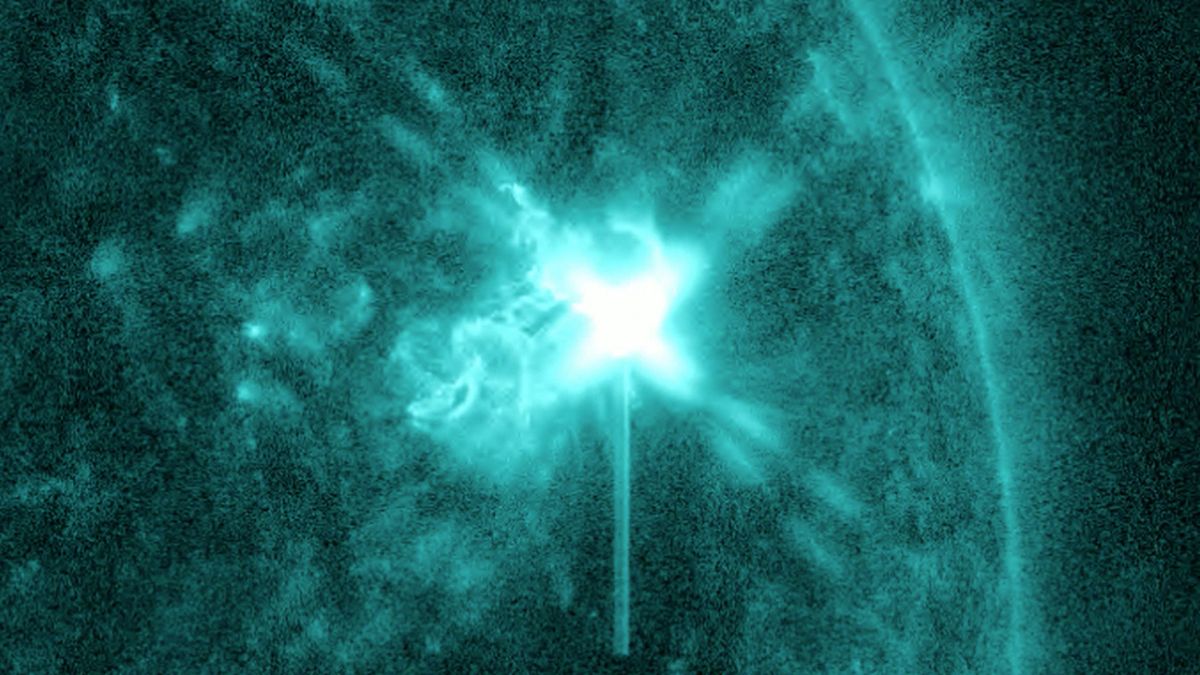Scientists observing the Sun reported that on Sunday, October 2, a powerful flash occurred on its surface. It created radio interference for rescuers working to eliminate the effects of Hurricane Ian off the east coast of the United States.

Solar flare could damage rescuers’ radio
On October 2, the services monitoring the condition of our luminary registered an extremely powerful X1 class flare that occurred over the AR3110 spot. Like all such phenomena, it consisted of a coronal plasma ejection that could reach the Earth in a few days and an electromagnetic pulse propagated at the speed of light.
Since AR3110 is facing the Earth right now, the pulse reached our planet at the very moment when the researchers learned about the outbreak. It caused communication problems across North America, as it has happened elsewhere. And off its eastern coast, Hurricane Ian was just raging, the same one that forced NASA to postpone the launch of the Artemis I mission.
Rescuers using walkie-talkies operating at a frequency of 25 MHz were just working in the disaster area. The effect of electromagnetic radiation could greatly affect their work and interfere with the fight against the consequences of the hurricane.
This solar flare was neither the first nor the last to be generated by the AR3110 sunspot this weekend. On Saturday, several less powerful flashes occurred over it. And just a few hours after the event that interfered with the work of rescuers on the Earth, another, also powerful, but much milder, happened. It was also accompanied by a coronal mass ejection.
The sun increases activity
Scientists note that the current solar cycle is characterized by extremely high activity, which they did not expect, given that the previous few became calmer and calmer. Several powerful flares have already been observed in the spring, but the current one has far exceeded them. Its results have yet to be felt, because the plasma from coronal emissions will reach our planet only on Tuesday-Wednesday.
But this is not the end. In addition to the coronal mass ejection from AR3110, an “evil solar wind” blows towards our planet. It was caused by a coronal hole — a gap in the magnetosphere of our luminary. And scientists are already tracking a new spot that has appeared in the northeast of the Sun AR3112 and will cross its disk over the next two weeks.
AR3112 is not only very large, but also a complex spot in structure. Its dimensions reach 130 thousand km, that is, it is ten times larger than the diameter of the Earth. Therefore, scientists are expecting new powerful flares and are thinking about what will happen in 2025, when the cycle reaches its maximum.
According to www.space.com
Follow us on Twitter to get the most interesting space news in time
https://twitter.com/ust_magazine

